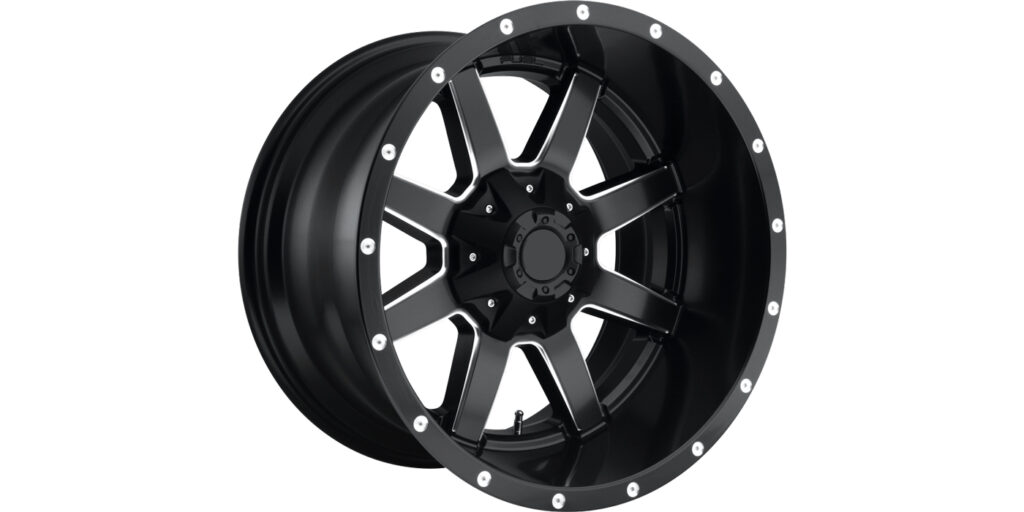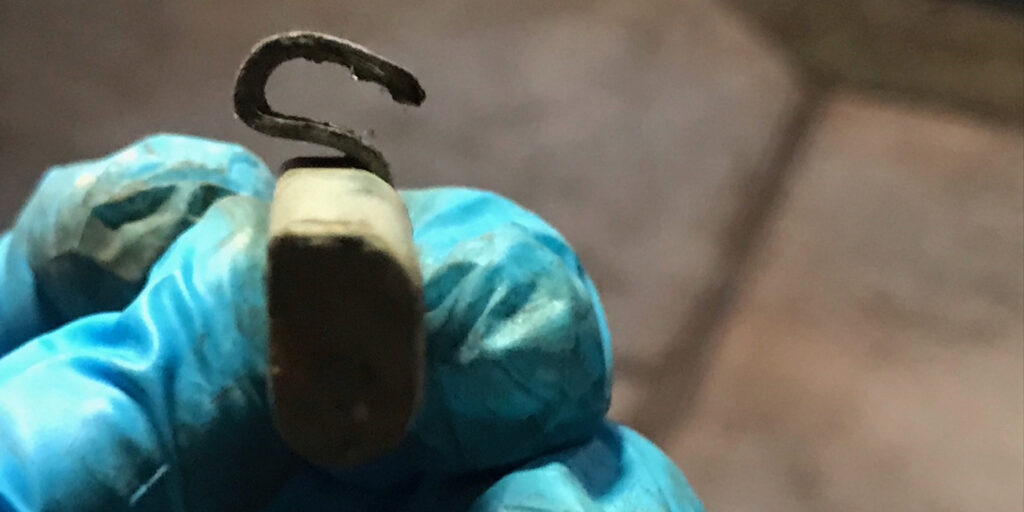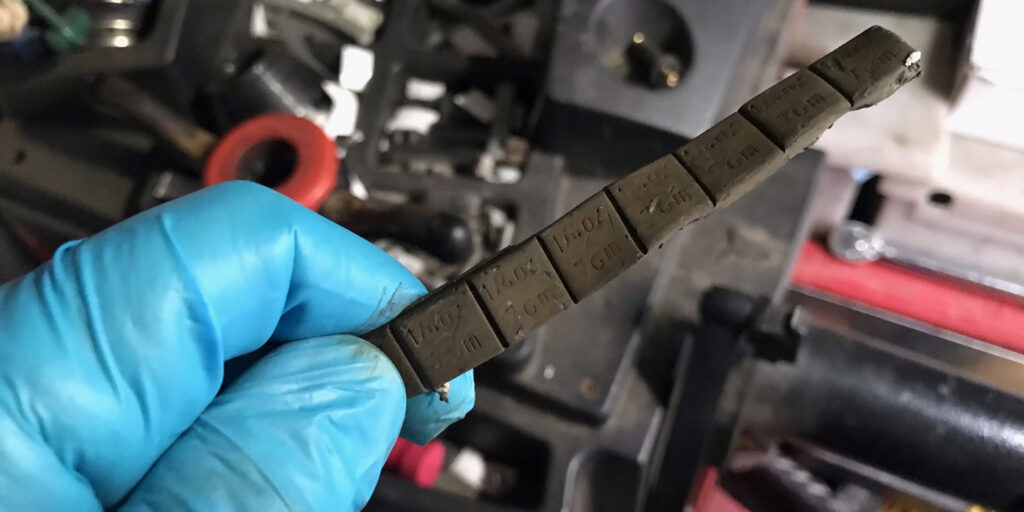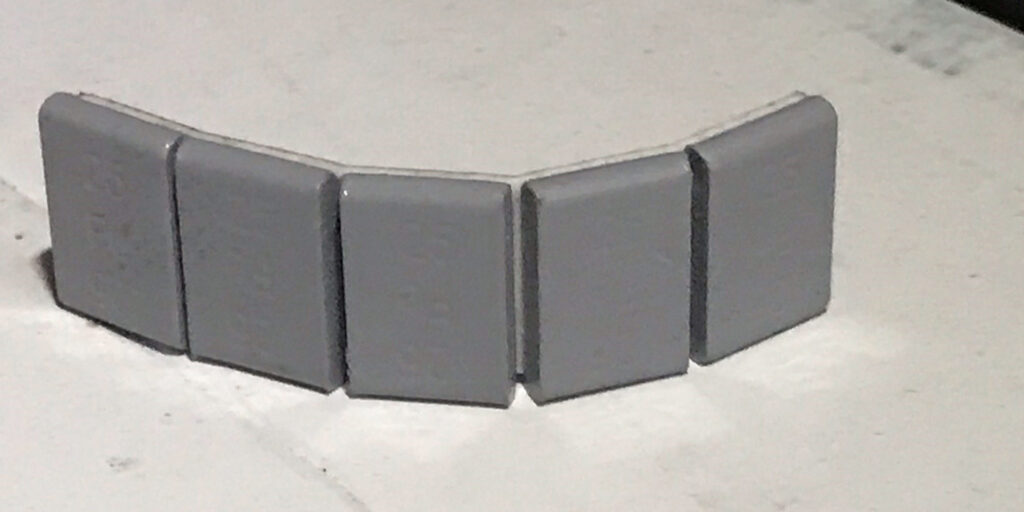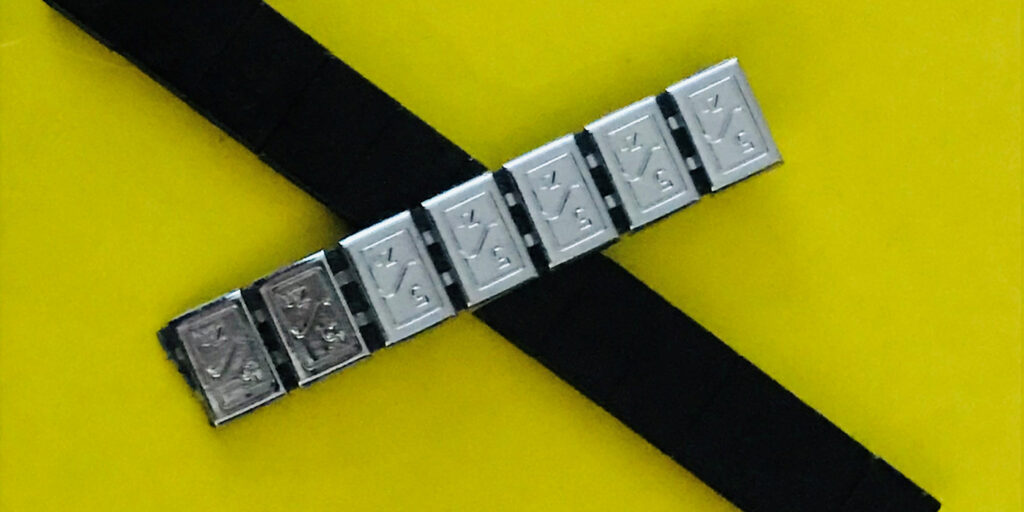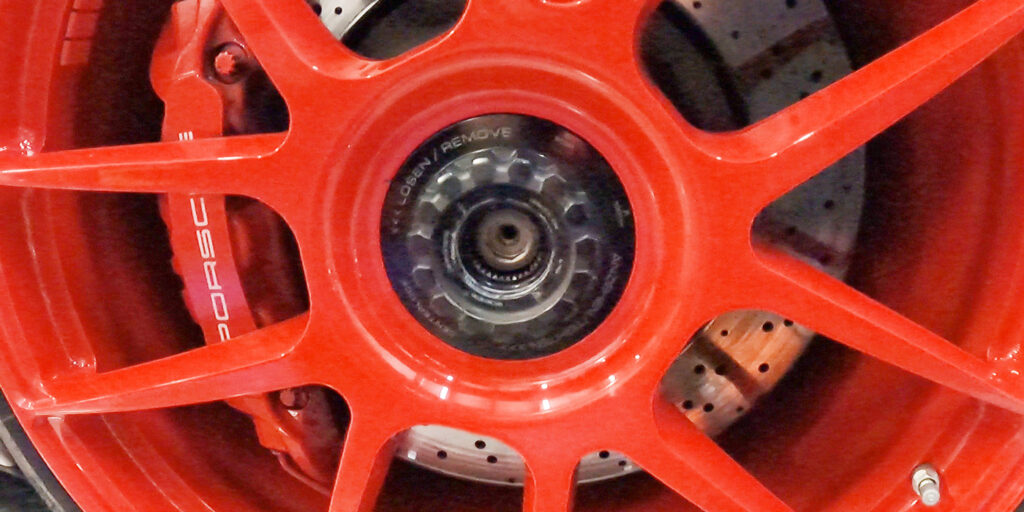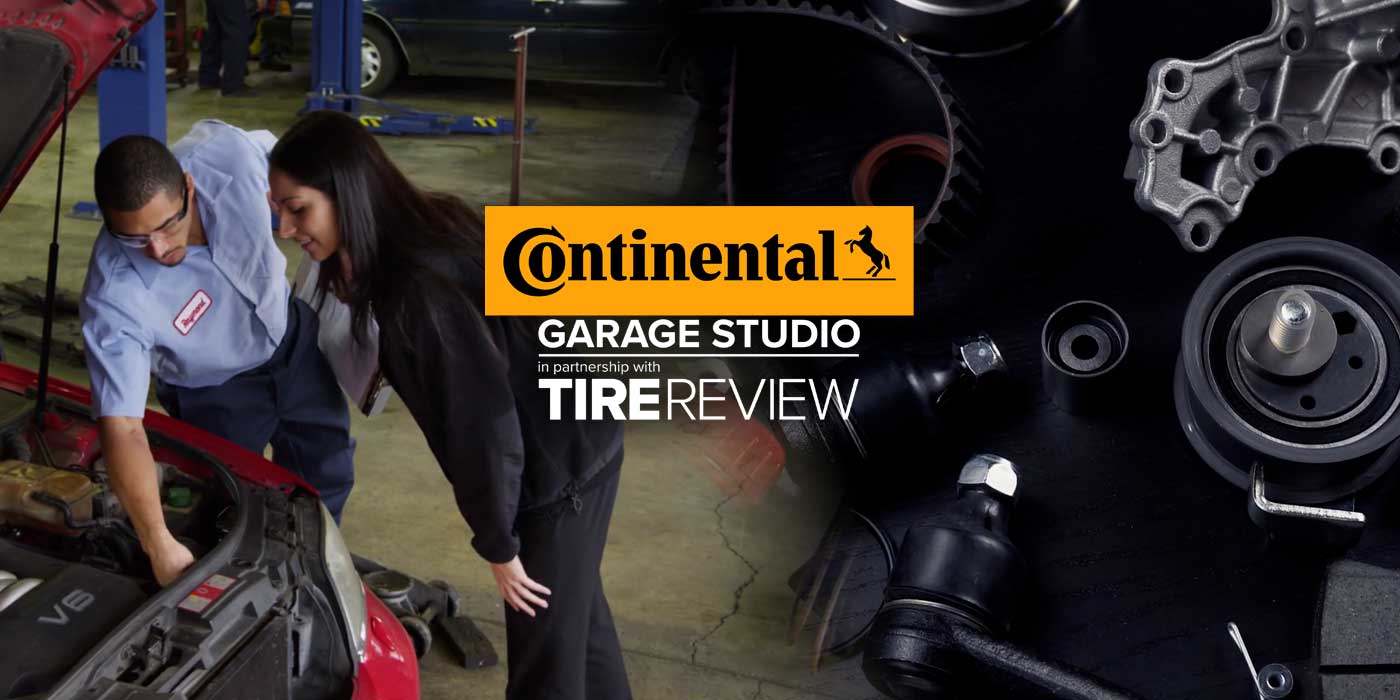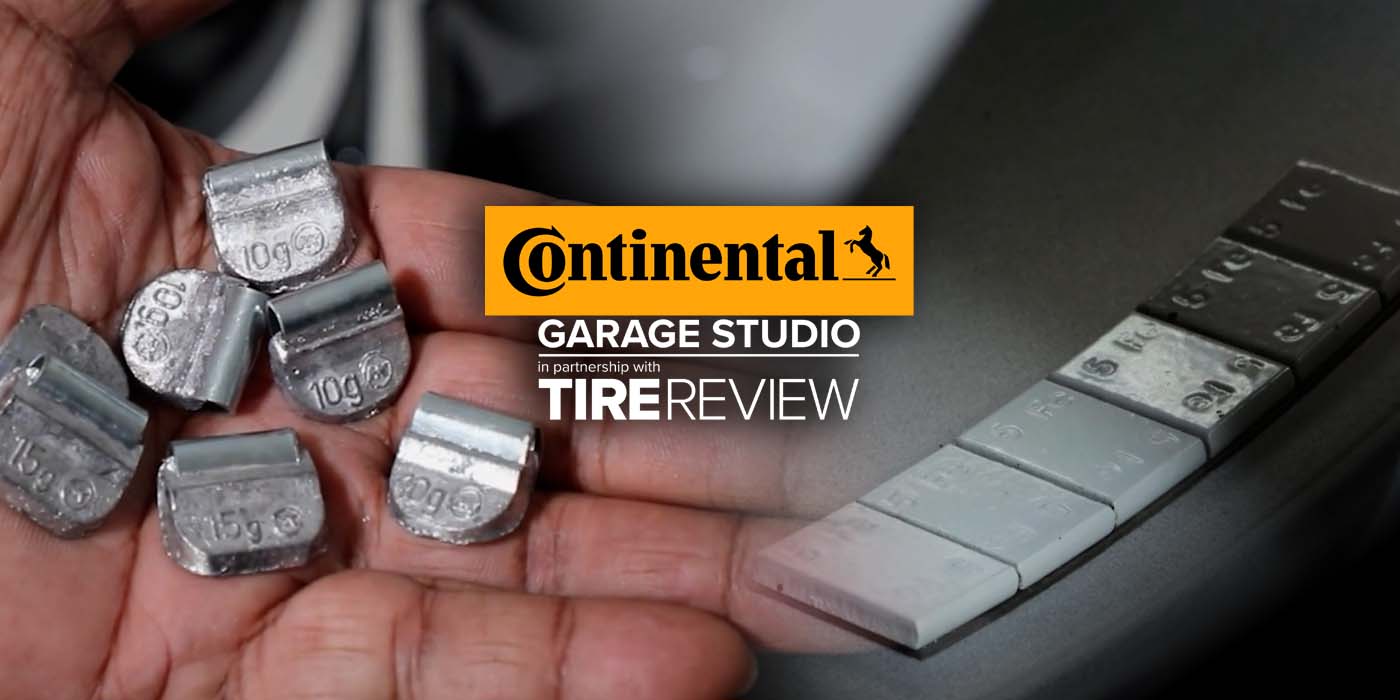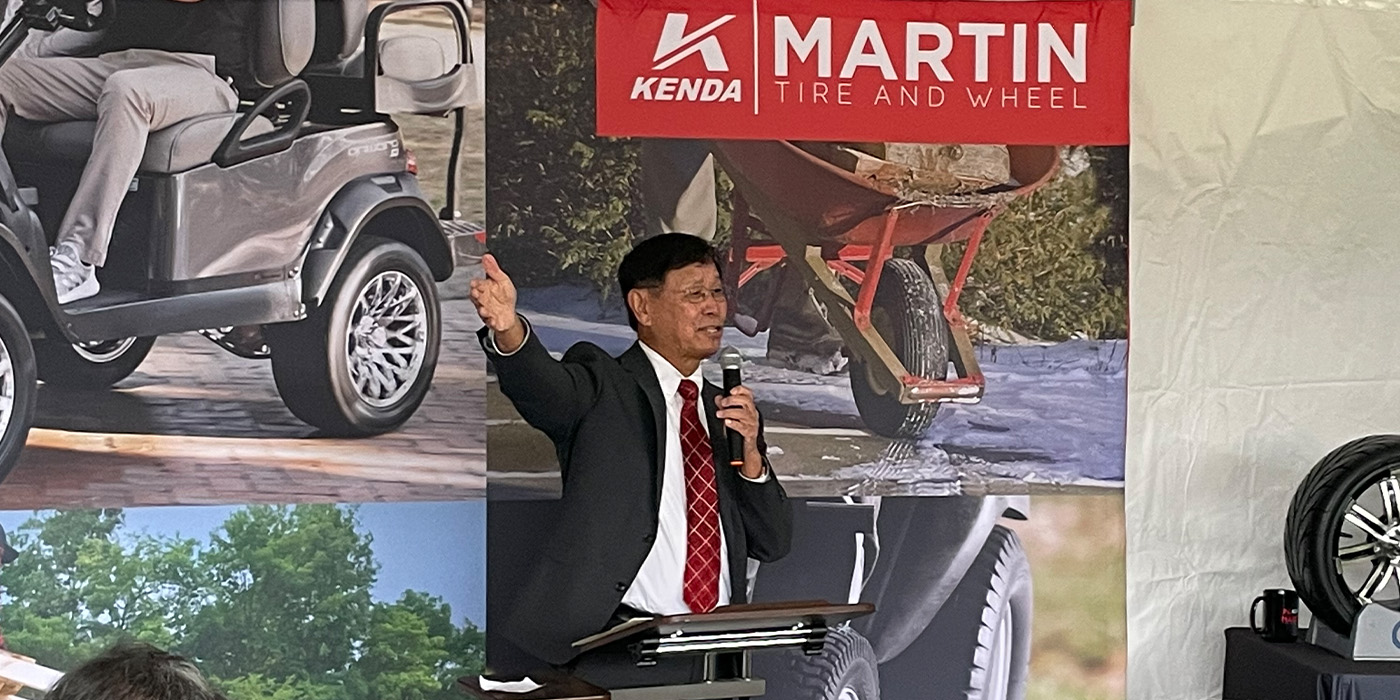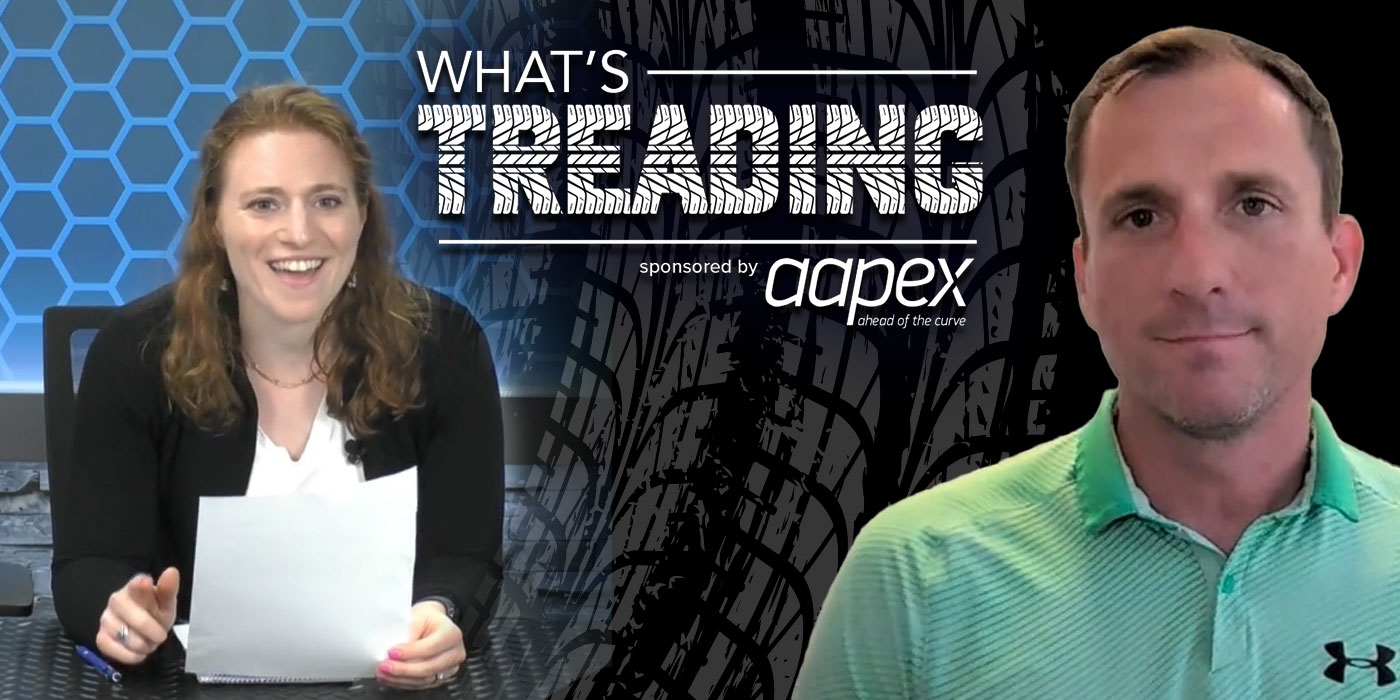There are places in your operation that may be costing you more than you think but, at the same time, could allow for increased profit margin. Your wheel weights, for example, could be hiding indirect costs related to them falling off or losing their adhesion, which leads to comebacks for rebalancing. Plus, the time needed to apply new or remove old wheel weights can add several minutes per wheel, which adds up to lost man hours in productivity.
With custom wheel colors expanding all the time, you can also increase value for your customers by adding colored or chrome stick-on weights. This will also help separate you from your competition that sees standard gray weights as the only option to offer.
Like you, I deal with just about every type of wheel weight on the market, whether I installed it or not (see Photo 1). I have noticed that there are certain types of weights that make the job easier and others that make it an absolute chore. Once I assessed which product lines keep the process flowing, I found the less expensive wheel weights to be the costliest in labor hours and, as we know, time is money. I would encourage you to ask your techs what issues, if any, they are having with your wheel weights to help streamline the installation process.
A couple of the issues I found involved clip-on weights that had small clips compared to other name brand-quality weights that had wider OE clips. The less expensive weight’s clip contour wasn’t always correct, which lead to loose weights sometimes flying off the wheel and resulted in additional expenses in terms of rebalancing and having to use even more weights to fix the problem. In other cases, I saw the opposite issue with clips that were too tight, again due to the wrong clip contour, that cost us several minutes to pry the old weight off. Neither of these scenarios is acceptable, so we kept looking for a better solution.
After going through several suppliers, I can tell you that we finally found a high-quality brand that fit the bill and you can most likely purchase these same weights from any reputable national or local distributor in your area. Most distributors usually offer a few different brands in varying price points, so ask for specific information regarding which ones truly work best with little negative feedback or comebacks.
Next, I found that the lead stick-on weights that are crimped take more time to separate and they looked bad after only a short time on the wheel (see Photo 2). In addition, most techs use their bare hands to work with them, which can be an issue and illegal in some states. Segmented steel weights, on the other hand, tear apart very easy and can be repositioned if not placed perfectly on the first try (see Photo 3). This saved us from throwing away an otherwise perfect weight. Another benefit is when it is time to rebalance, many times we can just quickly pry off one or two segments to bring the assembly back into balance without having to pull the entire strip off and start over from scratch. If you offer free rotation and balance, doing this can drive your shop’s supply expenses through the roof.
As I mentioned earlier, one way to separate your shop from others is to cater to customers who have custom wheels or high-end sports cars. Stocking an assortment of colored wheel weights is also an opportunity to increase your shop supply sales price by as much as 100%. Put a line item together for “Specialty Weights,” and add it to the invoice. As you can see in Photo 4 , there are black, chrome and other varieties.
As an example, if you recall my tire service article in the February issue of Tire Review, I used a red weight on the Porsche GT3 center lock wheels. Check out Photo 5 and see if you can notice where the weights are located. These high-performance weights use an acrylic glue common in Formula 1 racing to withstand high heat. I want to point out that these weights do require a little more time to adhere, so press firmly when applying them. In regard to adhesion, temperature affects the glue, so you may need to store the stick-on weights inside the office during cold winter months.
Other service pointers? Don’t use spray brake cleaner directly on the wheel surface to clean it. It can damage the clearcoat if it settles on the face of the wheel. Spray it on a rag or towel and wipe the area clean. This will leave less residue when you go to remove them in the future. If you need to clean old residue off, here’s a shop hack for you: Use a rubber eraser from the office supply store to quickly eliminate unsightly foam from the wheel surface.
Lastly, spend some time doing a motion and time study of your operation regarding wheel weights. You may be shocked to find out how much labor time is wasted in the process. I’ll be writing other articles in the near future that will bring to light overlooked inefficiencies as it relates to tire and wheel service in your shop.

